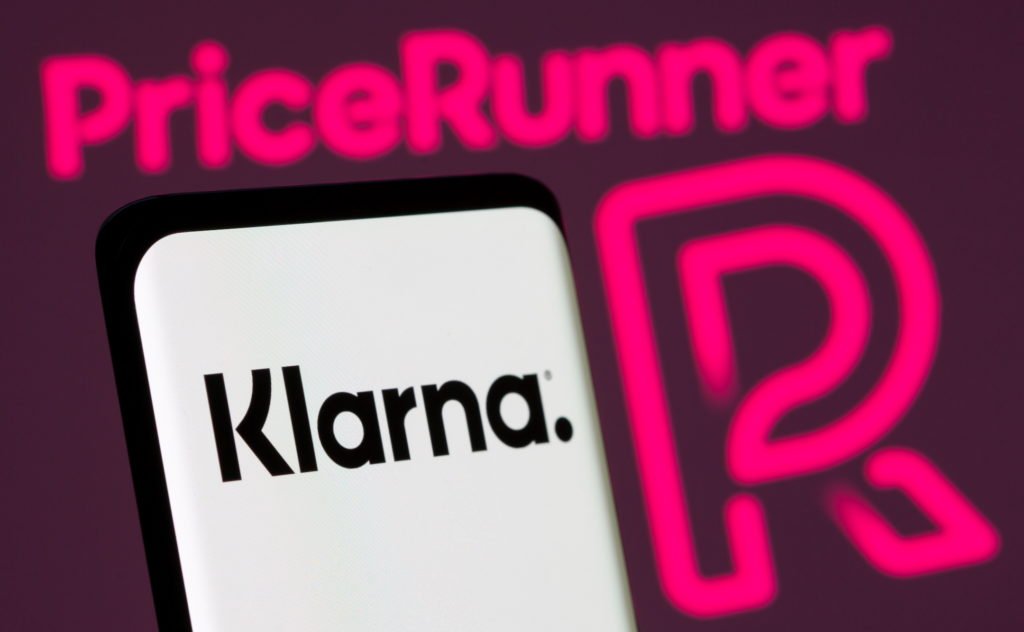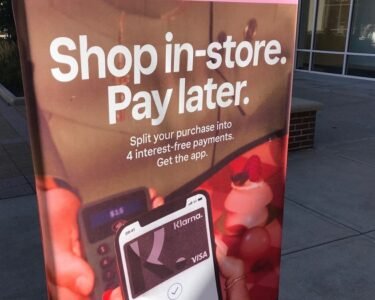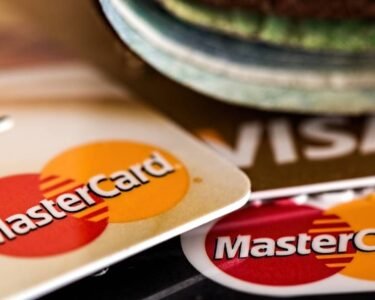Buy now, pay later programs are everywhere.
Unlike layaway programs, buy now, pay later programs let you purchase goods immediately, paying them off over time through a loan from a third party company, like Klarna, Afterpay or Affirm.
More than one in five consumers with a credit record in 2022 used buy now, pay later programs, according to a report released this year by the Consumer Financial Protection Bureau.
But reports from Klarna and other financial services companies show that over the past year, a growing number of users are falling behind on their payments.
Here’s a look at why these loans have become so popular and what consumers should keep in mind to protect themselves.
How do buy now, pay later programs work?
Buy now, pay later programs are loans that can either be repaid in a series of interest-free payments, typically due every two weeks, or in longer-term plans that can stretch over a year or more.
These programs have grown in popularity among younger consumers, who might be starting out at a new job, or stretching an entry-level paycheck, said Michelle Singletary, a personal finance expert and columnist for the Washington Post. “But we are seeing more and more customers using it, not just young customers, but lots of times they’re people who are strapped for money, who are struggling.”
For someone temporarily short on funds or a consumer who has a low credit score and without a credit card, an interest-free loan can help bridge the gap between paychecks. Buy now, pay later loans may not involve a credit check at all, or only require a soft credit check, which won’t affect your score.
“If you know that you’ve got money coming in, and you need to buy something, and you just need a little bit of room to make the payments over time, then I can see that it would be a good choice for you,” Singletary said.
What are the risks of buy now, pay later loans?
The promise of buy now, pay later is enticing. But, an interest-free loan is not free if you miss a payment. If you select a plan that does accrue interest, rates can climb as high as 36%.
And, buy now, pay later companies like Affirm have begun reporting loans to credit rating agencies.
“We really don’t want that to happen,” Singletary said. “That could have long-term consequences for those who are looking for, say a mortgage or auto loan, or even your car insurance.”
While taking out these loans can be as easy as one click, they can quickly add up. An estimated 60% of BNPL users had taken out multiple such
loans, according to figures from the Consumer Financial Protection Bureau.
This comes as the Federal Reserve Bank of New York saw total consumer debt reach a record $18.2 trillion in the first quarter of 2025.
“While BNPL provides credit to financially vulnerable consumers, these same consumers may be overextending themselves,” the Federal Reserve said in a 2024 study. The study also confirmed previous findings that “BNPL use leads to an increase in overdraft fees and credit card interest payments and fees.”
How are buy now, pay later programs different from credit cards?
One major difference between buy now, pay later programs and credit cards lies in how each is regulated.
Under the Biden administration, buy now, pay later came under the same regulations as credit cards, which means consumers can demand refunds, dispute transitions and be protected from being charged multiple fees for the same missed payment. However, the CFPB under the Trump administration said it does not plan to enforce that rule.
“I was encouraged when the CFPB was looking at this, making sure that [BNPL programs] are going to be affordable for consumers,” Singletary said. “However, under the Trump administration, a lot of that has been pulled back. There isn’t the strong consumer watchdog that was there under the Biden administration. And that concerns me greatly because we need to protect consumers,” she said.
“It seems so easy and it seems so affordable when you break it up,” Singletary said. It could be a good way to bridge paychecks or fill in gaps, especially if you don’t have a credit card. “But if you’ve got 100 here, 200 there, 300 there, next thing you know your paycheck comes in and you’re like, where’s all my money going?”
Singletary’s caution: “If you do this repeatedly, you’ll dig yourself in a hole that you might not be able to come out of.”




